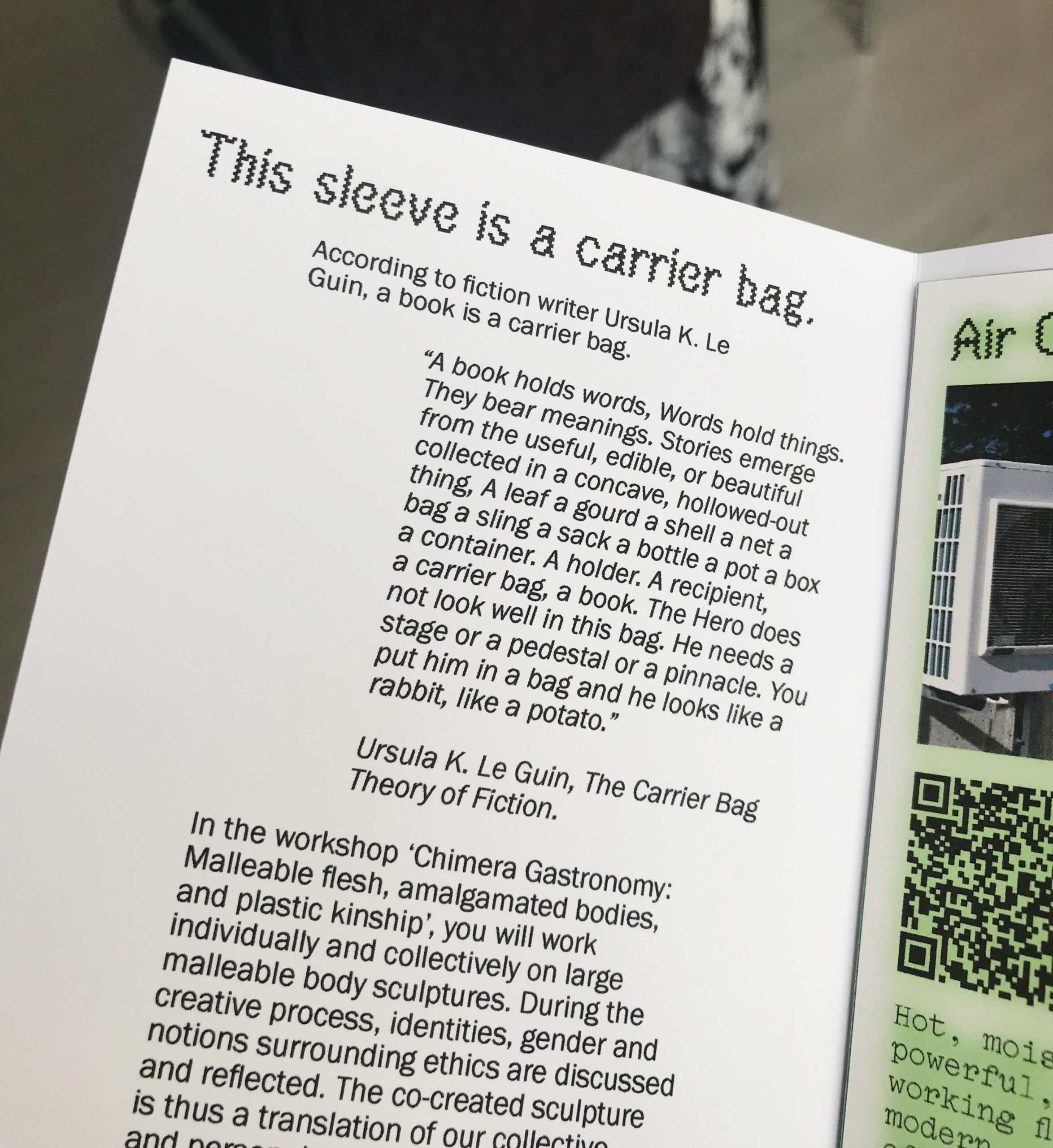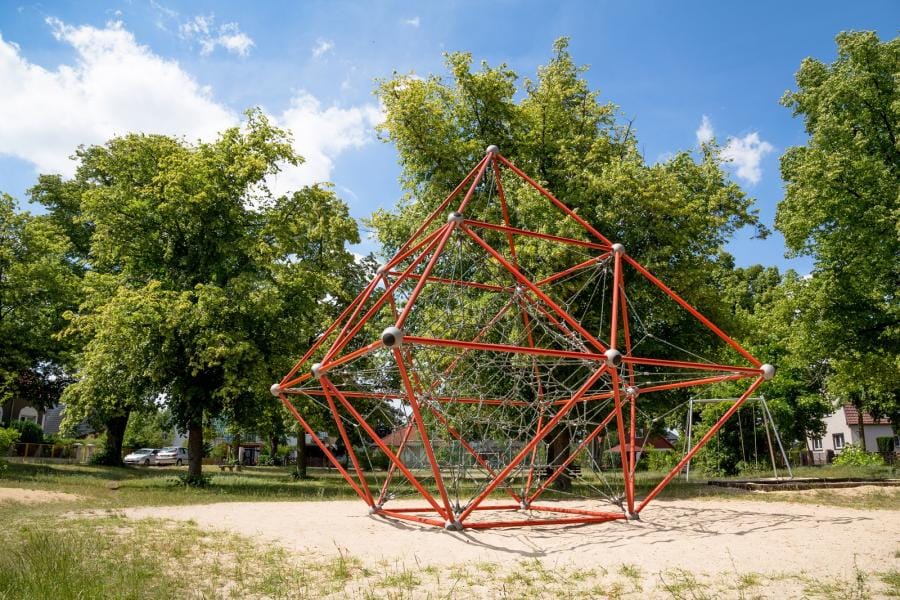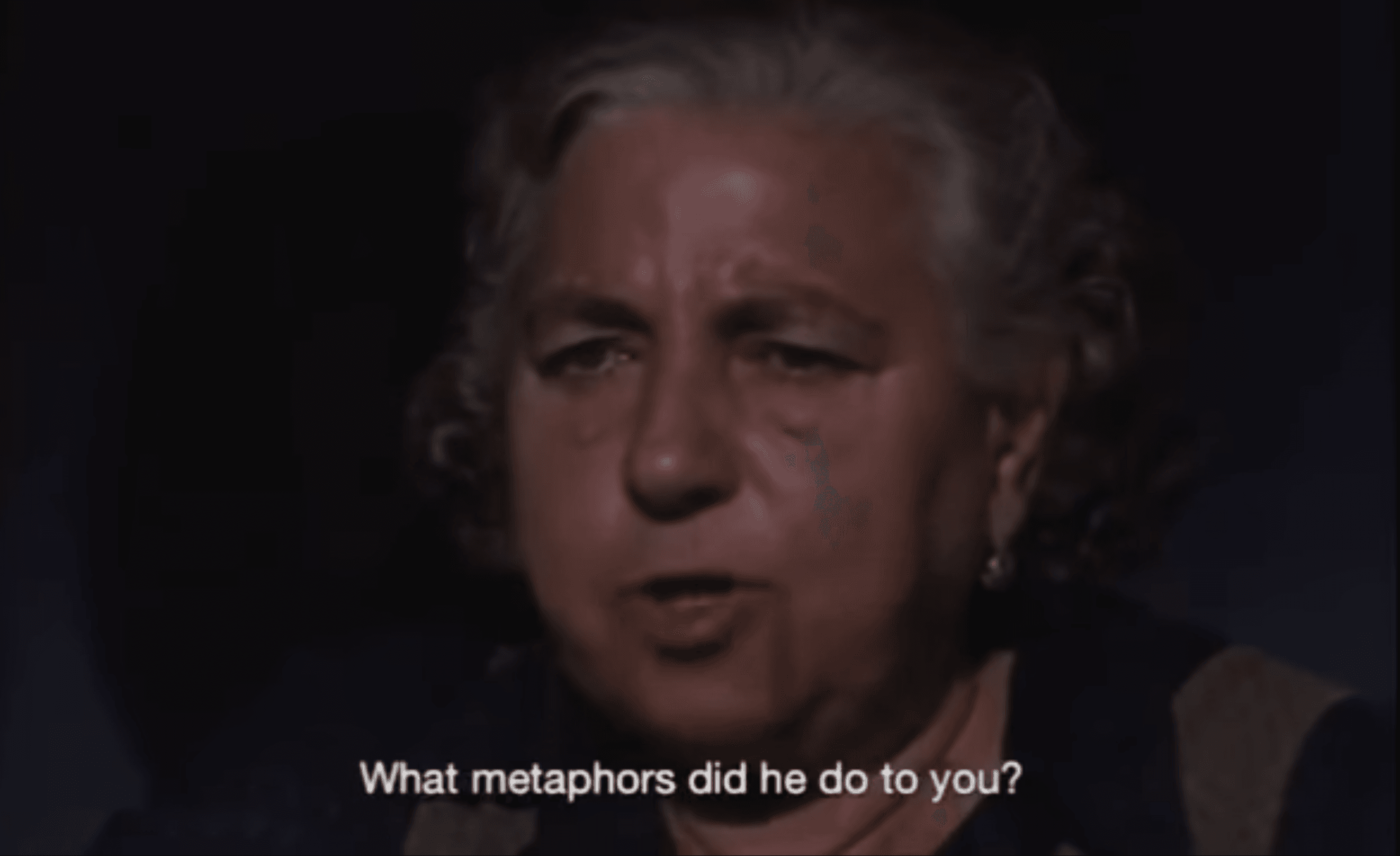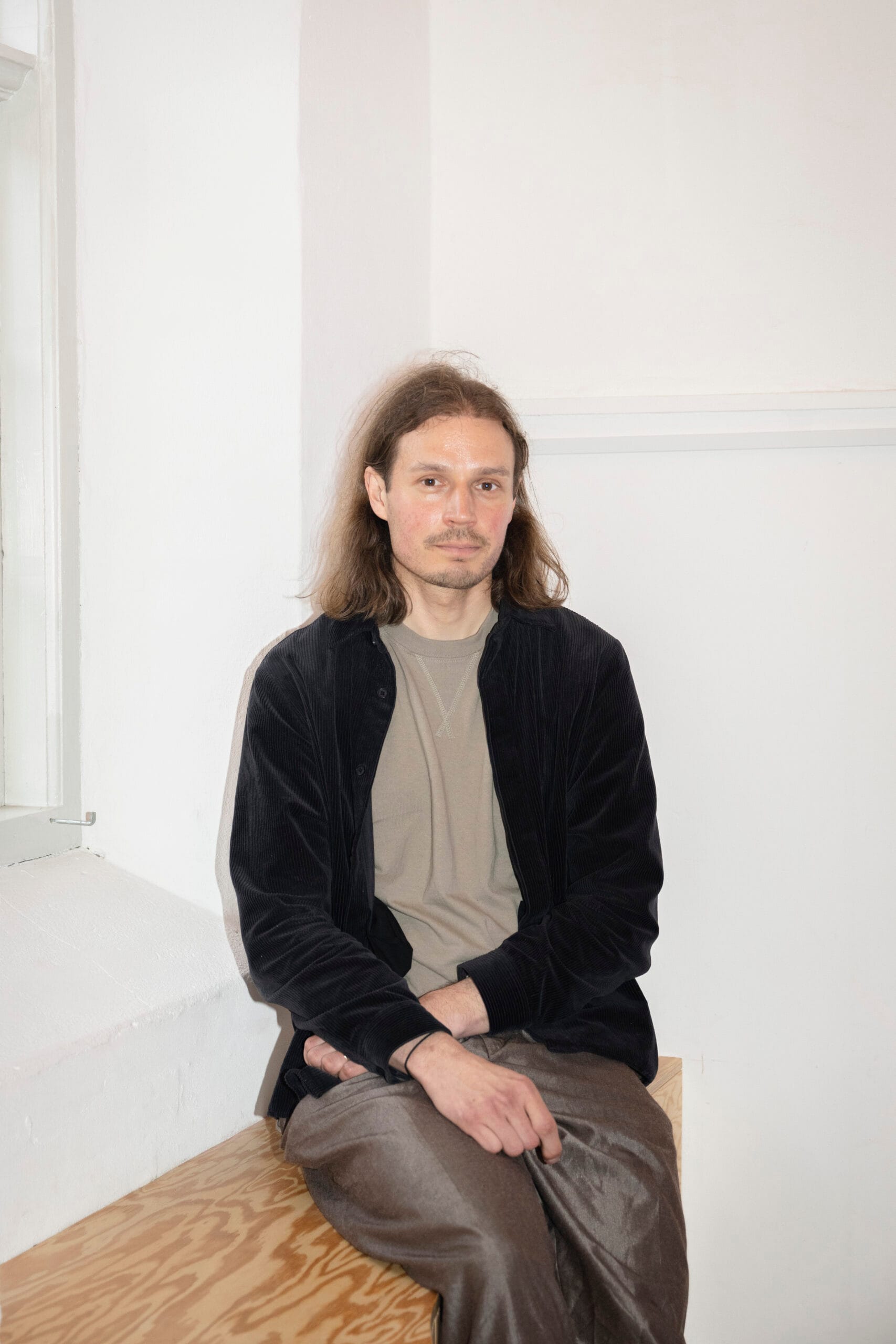(166)

The Tower of Babel (Hebrew: מִגְדַּל בָּבֶל, Mīgdal Bāḇel) narrative in Genesis 11:1–9 is an origin myth and parable meant to explain why the world’s peoples speak different languages.
(167)
An experience I – comfortingly – seem to share with over half the world’s population, with an estimated 43% speaking two languages and another 17% speaking more than two, according to this article.
(168)
Aside from the Swedish lukt, the secondary word doft, which translates to the Danish positive word, is also used, however a little less frequently and also as a neutral word describing both positive and negative olfactory impressions.
(169)
An example that is notorious (and funny) when learning English is the seemingly endless meanings of the word shit, on its own or paired with other words. Shit = Generally bad. The shit = Amazing. Holy shit = Astonishing. Bullshit = You are lying. Chickenshit = Scared. Batshit = Crazy. And so on. Here is a a thread about it.
(170)
I also didn’t consider how the languages shaped my personality, but there are probably, in a sense, two versions of me, presenting slightly differently. The artist collective Tenthaus talks about how first and second (and third) languages form layers within themselves that can be peeled away in different situations in the talk that they gave at the second chapter of the Tangle.
(171)
The writer Dominik Lukeš (Aka The Metaphor Hacker) digs into some of the problems (and gems!) that arise with translation of non-literal meaning in this blog post: “I still remember reading in a Western adventure book in my youth a lumberjack calling somebody what to me sounded like a novel curse ‘You god forsaken son of a female dog’ (zatracený čubčí synu). That made it sound like the character was trying to evoke rich imagery through linguistic innovation but I’m pretty sure the original simply had ‘You damn son of a bitch’.”
(172)
(and idioms for that matter, but let’s not open that can of worms)
(173)

(174)
The term mesmerize comes from the physician Franz Mesmer, who established a theory of energy transference between all animate and inanimate matter called “animal magnetism.” This led to the coining of the term mesmerism to describe this phenomenon.
(175)
In his book The Impossibility of Silence, design writer and educator Ian Lynam write about the difficulty of tense in writing, by describing the conundrum of communication in a similar way to the spaghetti-monster-chart: “Phenomenologically, when humans engage in conversation, we have so many things going on: there are the contexts – geographic, hierarchic, social, and cultural – of conversation; there are the things that has been said (the immediate past), previous conversations that might contribute to this conversation (the waist-deep past); cultural accumulation and accretion that inform the conversation (the deep past); physical cues; what is being spoken right now; and of course, the anticipation of what might be spoken next.” Prefacing that section, he writes ”Our brains are a fucking mess, and writing is its destillation. Writing is the sieve of the garbage that is our every waking moment.” A little harsh, perhaps, but he gets his point across. There’s a lot going on.
(176)

(177)
Ok, that was the last thread/knot/web reference, I promise (for this paragraph).
(179)
Suddenly hearing someone who speaks your language while abroad is a reminder of this: It usually feels like either a bond or an aversion, but it’s as if your brain obligates you to feel something about total strangers all of the studden.
(180)
According to this paper there is about 1.3 billion speakers of English, while only about 330 million, so around 25%, of those are native speakers.
(181)
It goes:
No man is an island entire of itself; every man
is a piece of the continent, a part of the main;
if a clod be washed away by the sea, Europe
is the less, as well as if a promontory were, as
well as any manner of thy friends or of thine
own were; any man’s death diminishes me,
because I am involved in mankind.
And therefore never send to know for whom
the bell tolls; it tolls for thee.
(182)
(183)
As elaborated on here.
(184)
In their talk at the second chapter of the Tangle, the artist collective Tenthaus elaborate on the role of communication in their collaborative creative process, guided by the devise: “Clarity is Kindness”.
(185)
A topic Elias Hanzer offered deeper insights on in his talk at the first chapter of the Tangle.
(186)
(187)
To use one last, sticky, figure of speech.
(188)
(189)

No Word is an Island: Naming a Tangle
A Babeling essay by Amanda-Li Kollberg
April 2023
“The artist deals with what cannot be said in words. The artist whose medium is fiction does this in words. The novelist says, in words, what cannot be said in words. Words can be used thus paradoxically because they have, along with a semiotic usage, a symbolic or metaphoric usage. … All fiction is metaphor. … The future, in fiction, is a metaphor. A metaphor for what?“ (From the introduction to The Left Hand of Darkness by Ursula K LeGuin)
I have one parent from Sweden, and one from Denmark and they have always spoken each their own mother tongue to me. As a kid, navigating one language can be plenty, since literally every single thing you encounter is new to you. Growing up bilingual (or, speaking passable versions of two languages), there were points that tripped me up – little mistakes and misconceptions, be they of meaning, pronunciation or connotation.
Smell, for example, was a tricky one. The Swedes use the word for smell – lukt – in much the same way the English do – this cinnamon bun smells good, this manure smells bad — while the Danes ascribe positive and negative words to different smells: the bun dufter, whilst the manure lugter. This is more similar to the way English differentiates between a noise and a sound. Both are auditory experiences, but have been ascribed different meanings that classify the quality of the experience. This dichotomy is not set in stone and is certainly governed more by opinions and habit than by linguistic definition. There were many instances like these where the words could be technically translatable, but due to subtle differences in context; the meaning would be different.
A lot of these associations, like how a “duft” in Danish is something positive, are broadly agreed upon within the language community, but there are also the much more subtle, personal nuances too. We imprint emotional narratives onto words that are often location, or time specific. Words themselves take on layers of meaning — for us — like how a name becomes annoying because a person you knew once was annoying, and when you meet a pleasant person with that same name, a moment of mental readjustment has to take place.
As annoying as I found these linguistic obstacle courses growing up (since I was desperately trying to “pass” in the country I was in at the time), it was also a bit like a treasure hunt for language gems, each odd expression was another hint about the culture I was meant to fit into, and also a window into what was going on in other peoples heads, what their imagination was up to. I didn’t consider any grander implications of these facets of language, and I didn’t think about them as tools for expression, I just knew they could make me sound dumb.
Metaphors, as Le Guin mentions above, are one of these bewildering language tools that contribute to its complexity. Somehow, by way of “figure of speech”, we get to apply words and phrases to things that do not actually apply to them or make sense at all, thereby conjuring up associations of other things, to give an idea of how something looks, feels, behaves or should be understood. A bit of fantasy to approach a truth. Let me tell you, I have nerves of steel, a sunny disposition and a heart of gold. Metaphors force us to use our imagination to draw parallels and see resemblances between unrelated topics. The human brain’s capacity to maneuver all of this is utterly mind blowing. Let’s for a moment try and draw ourselves a nice, neat mental model of what we call language:
There is grammar on the x axis, woven together with vocabulary on the y axis – no, actually, layer that with synonyms, heteronyms and homonyms – and throw in some eponyms for a bit of mesmerizing effect. If we add a z axis, we’d probably have etymology pointing backwards, and the living, growing and evolving everyday use that makes languages morph and develop, pointing forward. Then let’s color everything in and give it a bit of depth with phonetics and pronunciation, adding regional dialects and — because we are getting more and more international — sprinkle accents on top. And then let’s draw some lines between related data points. Tada! – A personal spaghetti monster of a model.
It’s stunning that we can master this complexity in our own minds, let alone turn this mess into workable communication between each other. Because, of course, the way these models are drawn are wildly individual. Personal associations and experience both inform, and make up, this internal language tangle in a constantly ongoing exchange. We bring meaning to words just like they bring meaning to us.
Luckily, the human brain is wired just fine for all these connections, it’s how we build our worldview: partially by putting phenomena in boxes and presupposing things about them, and partially by weaving a massive web of associations between each little knowledge node. A good illustration might be an evolving web, but less of a flat, glistening spider web and more one of those climbing webs that some playgrounds in affluent neighborhoods have (but expanding endlessly in all directions and full of knots and tears).

CONNOTATIONS, CONNOTRANSGRESSIONS, CONNOTANGLES
For what was adding up to several years – during lockdowns, in piles of documents and applications, in Slack channels and shared drive file names – this project was not called The Tangle. The Tangle came later. The four traveling festivals, along with this digital editorial platform, were to be collectively known as The Transgression Project (or TTP for short). In early 2021, the name had become somewhat of a given to the team members that had been in the project since the idea for the project was conceived. It even came with a built-in guiding principle for the curation of the programming: We would search out practitioners that challenged norms and transgressed the expected boundaries of their fields. AND the project would literally cross borders!
But the name had also started to chafe a little. To me, who was new to the project, the name felt fresh, kind of punk, and loaded with potential. The connotations, to me, were positive – provocative, perhaps – but in a good way. But others had started doubting if the name really reflected what we were trying to achieve.
For starters, there were religious connotations that didn’t sit so well with us and as we got closer to the realization of the first chapter, we encountered more people that reacted negatively to the word, associating it with a way of breaking barriers and crossing lines that might not be consensual – less revolution and more colonization. The word transgression was tangled up in connotations that were beginning to feel too wrong for it to be the right name to use. But as we sat with this complexity we had just encountered – the mess of all the different associations that had forced us to rethink – that was the interesting part.
The way language is entangled with history, culture, and experiences brings forth different images in the mind of different speakers depending on their frames of reference. We can select any word from our mental library and it will reveal itself to us alongside images and associations that the word dragged with it from the archives, stuck to its back like opossum babies. It’s a magic power, but a slightly unpredictable one. Where Transgression could feel oppressive and hierarchical, Entanglement felt more balanced in its messy nonlinearity – different parts coming together in a manner that has no real start or end – which felt more fitting for this compilation of people, places and topics. And so, entanglement went from tripping us up, to becoming the topic itself: The project was renamed The Tangle.
Once you get to know a word well, it’s as though some of the onion layers of meaning start to peel away again. The word becomes familiar, drifts out of focus and into our peripheral vision like a piece of living room furniture, making it possible for our brain to disregard most of the complexity and external meaning and go straight to how the word works as a tool. It becomes an entity of its own, a solid knot more than the individual strands of meaning, if you will. This project is simply the Tangle now, and we can oscillate between the vast potentials of the word, and it just being the title of this traveling circus, a name on a funding application and a six-letter vessel for the human connections, experiences, talks and venues that the Tangle will tie its threads to.
Community, which is one of the themes our festival deals with, seems like one of the primary (or perhaps primal) reasons we have language at all. It’s a community builder. And even though it’s related to (often complicated) notions of state, region or nation, language feels like a space unto itself, tied to the physical realm only to a degree. Despite describing what is probably the most heterogeneous types of communities imaginable, they are communities all the same and language is a ticket in. I am one of you. The sense of belonging, of being justified, just because what came out of my mouth, is a feeling I remember trumping the insecure fear of sounding dumb, and in the end, the ultimate reward for being the bilingual kid was to have more people to talk to. And now, the English language — native to a minority of us — is very much enabling this project to exist, and allowing us to trace the outlines of other types of communities, through talks, conversations and discussions.

[ Still from the 1994 film Il Postino ]
BACK TO METAPHORS
In the poem No Man is an Island from 1642, clergyman John Donne uses geographic terms to talk about how we are all connected, every man is a piece of the continent, parts of a whole mankind. Where Donne uses oceans and village bells as his metaphors, we’ve used threads and knots to not only make infinitely interconnected ideas more tangible, but also to make an inherent entangled messiness a good, and necessary, aspect of existence. The poem’s first five words have become an independent idiom, but the end is quite famous too: And therefore never send to know for whom the bell tolls; it tolls for thee. The message ringing out over the village concerns everybody.
Like no person is an island, no word is an island either. Each one is full of invisible ties, to objects, thoughts, phenomena. Words are amalgamated products of the meanings and connotations we (mainly) agree on and our individual additional associations. They connect to each other, connect us to each other, our personal-spaghetti-monster-language maps overlapping and interlacing. Starting from ourselves we can follow the threads outward and see how they connect to more complex subjects like, say, how we communicate in bigger groups, the relationship between what is written and the typeface it’s written with, the biases built into online translation tools…and so on, as the ever-tangling morass grows.
The point I guess Le Guin was trying to make in the quote I started this essay out with is that we can use this volatile super power that words have and pair it with the human ability for imagining concepts or situations we have not yet seen or experienced, to help us imagine what things could look like or what experience might be like. By way of symbols, metaphors, anecdotes and associations (in a sense – lies) fiction tells us something about the truth. But also about potential. Being able to imagine something, putting words and descriptions to it, enables us to act on outcomes that have not happened yet, walk towards or shy away from them and perhaps that is why Le Guin calls the future a metaphor – it’s not one set scenario, it’s a kaleidoscope of imaginable possibilities. (Ok, this is getting sappy so I’ll end with one final note.)
While the workshop participants were gathering and preparing for the day to start at the latest chapter of the Tangle in Oslo, I noticed that communication designer Noam Youngrak Son had also picked a quote by Ursula K. Le Guin to preface the introduction text to their workshop Chimera Gastronomy. It was a quote from a different essay, The Carrierbag Theory of Fiction and I’ll let the beginning of that quote lead into the ending of this essay: “A book holds words, words hold things. They bear meanings.” Let’s end on that metaphor: Words as bags that carry substance – between people, across time and spaces – odd suitcases that perhaps contain official documentation and essentials, but most likely also hold strictly personal items and random knick knacks found along the way. The content of bags does not stay constant, it changes based on the destination, and on the person packing it. So in essence, bags — words — are potentials, pertaining to what’s beyond themselves. For, even, what cannot be said in words.
Back to grid

